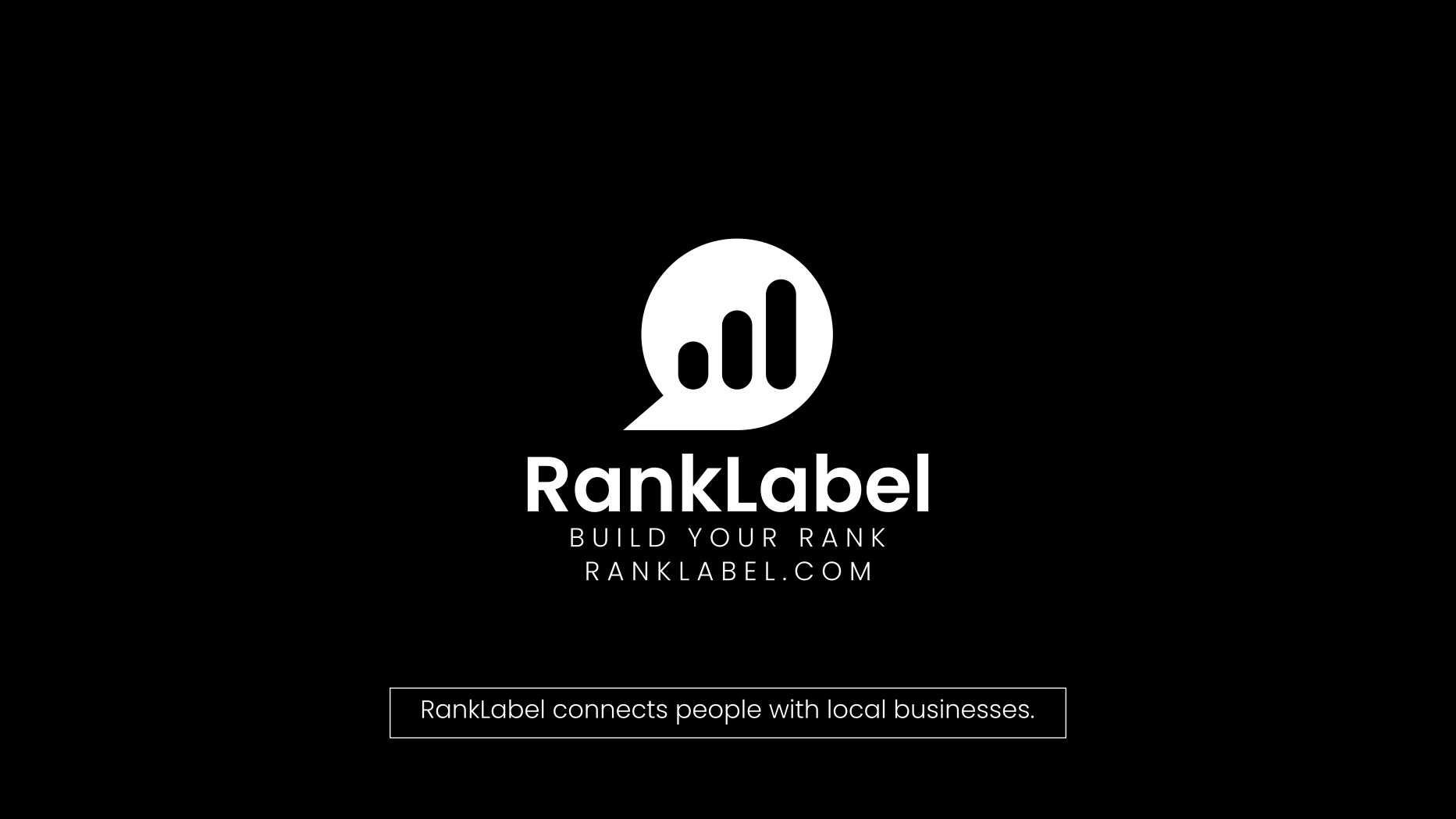Exploring the Revolution: How 3D Printing is Transforming the World for Architects, Designers, and Custom Projects

The advent of 3D printing technology has brought about a significant transformation across various industries, offering an unprecedented ability to create complex, high-precision objects efficiently. Among the most impacted are the fields of architecture and design, where 3D printing has opened up new horizons for creativity and functionality. This comprehensive guide delves into how 3D printing is revolutionizing these professions and discusses its expansive role in custom projects and personalized applications.
The Impact of 3D Printing on Architecture
3D printing for architects is not just a technological upgrade; it's a paradigm shift in how buildings and structures are conceptualized, designed, and executed. This technology allows architects to experiment with complex designs that would be either too costly or impossible to achieve with traditional construction methods.
- Prototyping: Architects can create scaled-down models of buildings quickly and cost-effectively, allowing for rapid iteration and refinement of designs.
- Material Innovation: With 3D printing, architects have access to a broader range of materials, including recycled materials and composites, promoting sustainability and innovation in building materials.
- Custom Components: Unique architectural elements, such as intricate facades or customized structural parts, can be produced with high precision, reducing the need for manual labor and minimizing material waste.
For instance, the use of 3D printing in constructing complex geometric forms or bespoke wall sections not only enhances aesthetic appeal but also improves the building's overall functionality by incorporating elements such as natural light optimization and thermal regulation.
3D Printing Advancements in Design
The scope of 3D printing for designers extends beyond mere physical object creation; it includes a redefinition of the design process itself. Designers in fields ranging from fashion to furniture are now able to bypass traditional manufacturing limitations, offering both functionality and customization at new levels.
- Rapid Prototyping: Designers can move from idea to physical object in a matter of hours, greatly speeding up the design process and allowing for greater experimentation.
- Complex Geometries: 3D printing enables the production of designs with complexities that are not possible with conventional methods, such as interlocking or hollow structures.
- Eco-friendly Designs: Many 3D printers use biodegradable materials, which aligns with the growing demand for sustainable design practices.
Moreover, 3D printing has democratized the design field, enabling independent designers and small studios to compete with larger entities by reducing the need for large-scale manufacturing facilities and upfront investments.
Custom Projects and Personalized 3D Printing
Personalized 3D printing and its application in custom projects have become a game-changer for multiple sectors, including healthcare, automotive, and consumer goods. This technology allows for the creation of parts and products that are tailored to specific needs, preferences, or fit.
- Healthcare: Custom prosthetics and implants tailored to the individual's anatomy not only enhance comfort but also improve the functionality of these medical devices.
- Automotive: Car manufacturers utilize 3D printing to produce custom parts on demand, reducing production times and inventory costs.
- Consumer Goods: From personalized phone cases to custom-fit footwear, 3D printing offers consumers products that are specifically designed to meet their unique requirements.
Personalized 3D printing stands out as particularly transformative. It empowers consumers to participate directly in the design process, ensuring that the final product is exactly what they envision. This level of customization is especially appealing in markets where differentiation and personal touch are highly valued.
Future Trends and Challenges in 3D Printing
As 3D printing technology continues to evolve, its applications will expand, and its impact will deepen across various sectors. However, this rapid growth is not without its challenges.
- Material Advances: Ongoing research into new printable materials will further broaden the capabilities of 3D printers, enabling them to produce stronger, lighter, and more versatile products.
- Software and Hardware Integration: Improved integration of software with 3D printing hardware will lead to more precise and efficient production capabilities, enhancing both product quality and speed of manufacturing.
- Regulatory Considerations: As the use of 3D printing expands, especially in critical sectors like healthcare, regulatory frameworks will need to evolve to ensure safety and efficacy without stifling innovation.
Despite these challenges, the future of 3D printing looks promising, with continuous advancements paving the way for smarter, more efficient, and more creative solutions in architecture, design, and beyond.
Conclusion
3D printing for architects, designers, and custom projects represents more than just a technological evolution; it signifies a comprehensive shift towards greater customization, efficiency, and creative freedom. As architects and designers further embrace and integrate 3D printing into their workflows, we can expect not only more innovative and sustainable designs but also a closer connection between creators and end-users through personalized 3D printing. The possibilities are boundless, and the future is bright for 3D printing across all fields of design and construction.
Embracing 3D printing today means staying ahead in the competitive and ever-evolving landscape of design and architecture, ensuring readiness for the demands of tomorrow's market and consumer expectations.










